Michelangelo Merisi da Caravaggio, known simply as Caravaggio, stands as a towering figure in the annals of art history. His revolutionary approach to painting, characterized by dramatic lighting and unflinching realism, not only defined the Baroque period but continues to captivate audiences centuries later. This article delves deep into the life, work, and lasting impact of this Italian master, exploring how his tumultuous existence intertwined with his groundbreaking artistry to produce some of the most viscerally powerful paintings in Western art.
The Chiaroscuro Revolution: Caravaggio’s Signature Style
Caravaggio’s mastery of chiaroscuro—the dramatic use of light and shadow—transformed the artistic landscape of his time and continues to influence visual arts to this day. This technique wasn’t merely a stylistic choice; it was a powerful tool that Caravaggio wielded to convey deep emotional and spiritual truths.
The Mechanics of Chiaroscuro
Caravaggio’s approach to chiaroscuro was revolutionary in its intensity and purpose. Unlike his predecessors who used gradual transitions between light and dark, Caravaggio employed stark contrasts. He would often plunge his subjects into near-total darkness, illuminating only the most crucial elements with a bright, focused light.
This technique created a sense of drama and immediacy that was unprecedented in painting. The stark lighting drew the viewer’s eye precisely where Caravaggio intended, guiding the narrative and emotional impact of the scene. It wasn’t just about creating visual interest; it was about directing the viewer’s gaze and, by extension, their emotional engagement with the work.
The effect was so striking that it gave rise to a whole school of painting known as Tenebrism, characterized by even more extreme contrasts between light and dark.
Emotional Depth Through Light and Shadow

Caravaggio’s use of chiaroscuro went far beyond mere technical brilliance. It was a means of exploring and expressing the depths of human emotion and experience. In paintings like “The Calling of Saint Matthew,” the interplay of light and shadow becomes a metaphor for divine intervention in human affairs.
The beam of light that illuminates Matthew and his companions isn’t just a lighting effect; it’s a visual representation of the moment of grace, the divine calling that transforms the ordinary into the extraordinary. This use of light to convey spiritual concepts was groundbreaking, making abstract theological ideas tangible and immediate.
Moreover, the shadows in Caravaggio’s work often seem to represent the complexities and ambiguities of human nature. Characters emerge from darkness, their faces half-lit, suggesting internal struggles or moral ambiguity. This visual ambiguity invites the viewer to engage more deeply with the painting, to question and interpret rather than simply observe.
Realism Enhanced by Light
Caravaggio’s chiaroscuro technique was inextricably linked to his commitment to realism. By using models from the streets of Rome and depicting them in contemporary dress, even for religious scenes, Caravaggio brought an unprecedented level of immediacy to his subjects.
The dramatic lighting served to heighten this sense of reality. It created volume and depth, making figures appear to project out of the canvas. This three-dimensionality, combined with Caravaggio’s unflinching depiction of physical details—dirty feet, wrinkled skin, torn clothes—created a sense of presence that was almost uncomfortable in its intimacy.
This fusion of realistic detail and dramatic lighting challenged the viewer’s expectations, especially in religious paintings. It brought the divine down to earth, suggesting that spiritual experiences were not distant or idealized but immediate and visceral.
The Turbulent Life of a Genius: Caravaggio’s Personal Struggles
The life of Caravaggio was as dramatic and intense as his paintings, marked by violence, controversy, and constant upheaval. Understanding the artist’s tumultuous existence provides crucial context for his work and offers insights into the complex relationship between art and life.
Early Years and Rise to Fame
Born Michelangelo Merisi in 1571 in the town of Caravaggio, from which he took his name, the young artist’s early life was marked by loss. The plague claimed his father and most of his family when he was just six years old, an experience that may have influenced the stark realism and preoccupation with death evident in much of his later work.
Caravaggio’s artistic training began in Milan, where he was apprenticed to Simone Peterzano, a painter trained in the Venetian tradition. However, it was in Rome, where he arrived in his early twenties, that Caravaggio’s unique style began to emerge and gain recognition.
His early works, such as “Boy with a Basket of Fruit” and “The Fortune Teller,” already showcased his commitment to realism and his skill with chiaroscuro. These paintings caught the attention of influential patrons, including Cardinal Francesco Maria del Monte, who became a crucial supporter of the young artist.
Controversy and Conflict
As Caravaggio’s fame grew, so did his reputation for volatile behavior. He was known for his quick temper and tendency to get into brawls. Court records from his time in Rome are filled with charges of assault and carrying weapons without permission.
This violent temperament often spilled over into his professional life. He was known to argue with patrons and fellow artists, sometimes leading to the rejection of his work. For instance, his first version of “Saint Matthew and the Angel” for the Contarelli Chapel was rejected for its lack of decorum—Caravaggio had depicted the saint as a balding peasant with dirty feet, guided by a playful angel.
Yet, it was precisely this willingness to challenge conventions that made Caravaggio’s work so revolutionary. His insistence on painting from life, using models from the streets of Rome, and depicting religious scenes with gritty realism was both his greatest strength and a source of constant controversy.
The Turning Point: Exile and Final Years
The defining moment of Caravaggio’s life came in 1606 when he killed a man named Ranuccio Tomassoni in a brawl. While the exact circumstances remain unclear—some suggest it was over a gambling debt, others a woman—the result was Caravaggio’s flight from Rome, branded as a murderer.
This period of exile saw Caravaggio moving between Naples, Malta, and Sicily, always looking over his shoulder. Yet, it was also a time of intense creativity. Some of his most powerful works, including “The Seven Works of Mercy” and “The Beheading of Saint John the Baptist,” were created during this period.
These later works show an even greater intensity of emotion and use of chiaroscuro, perhaps reflecting Caravaggio’s own inner turmoil. The darkness in these paintings seems to press in more heavily, the moments of illumination more stark and fleeting.
Caravaggio’s life ended as dramatically as he had lived it. While attempting to return to Rome to receive a pardon, he died under mysterious circumstances on the coast of Tuscany in 1610, at the age of 38.
The Spiritual and the Profane: Caravaggio’s Religious Paintings
Caravaggio’s approach to religious subjects was revolutionary, blending intense spirituality with a gritty, earthy realism. His religious paintings challenged conventions and continue to provoke debate about the nature of faith and the role of art in religious expression.
Redefining Sacred Imagery
Caravaggio’s depictions of religious scenes were a radical departure from the idealized, mannered style that dominated religious art in the late 16th century. Instead of presenting saints and biblical figures as remote, ethereal beings, Caravaggio painted them as flesh-and-blood humans, often using models from the streets of Rome.
This approach brought an unprecedented immediacy to religious subjects. In paintings like “The Conversion of Saint Paul,” the spiritual experience is rendered as a visceral, physical event. Paul is shown not as a dignified figure having a vision, but as a man thrown from his horse, lying awkwardly on the ground, overwhelmed by the divine presence.
Such depictions shocked many of Caravaggio’s contemporaries. They were accustomed to religious art that emphasized the transcendent and ideal. Caravaggio, by contrast, seemed to insist that the sacred was to be found in the ordinary, the humble, even the ugly.
The Human Face of Divinity

One of the most striking aspects of Caravaggio’s religious paintings is his portrayal of Christ and the Virgin Mary. In works like “The Taking of Christ” and “Death of the Virgin,” these central figures of Christianity are presented with a humanity that was both compelling and controversial.
Caravaggio’s Christ, whether as an infant or on the cross, is undeniably human. In “The Incredulity of Saint Thomas,” Christ guides Thomas’s finger into his wound with an expression of patient understanding, bridging the gap between divine mystery and human doubt.
Similarly, his Virgin Mary, particularly in “Death of the Virgin,” shocked viewers with its realism. The painting was rejected by its commissioners for depicting Mary as a common woman, swollen and pallid in death. Yet, this very humanness makes the scene all the more poignant, inviting viewers to connect with the profound sorrow of the moment.
Violence and Redemption

Many of Caravaggio’s religious paintings deal with moments of violence or extreme emotion, reflecting both biblical narratives and the artist’s own tumultuous life. Works like “Judith Beheading Holofernes” and “The Martyrdom of Saint Matthew” are unflinching in their depiction of violence.
However, these violent scenes are often juxtaposed with moments of grace or divine intervention. In “The Martyrdom of Saint Matthew,” for instance, an angel reaches down from heaven, offering a palm frond to the dying saint. This interplay between violence and redemption, between the brutal realities of life and the promise of divine grace, is a recurring theme in Caravaggio’s work.
It’s tempting to see in these paintings a reflection of Caravaggio’s own struggles with violence and his hope for redemption. They present a complex view of faith, one that acknowledges the darkness in human nature while still affirming the possibility of transcendence.
Legacy and Influence: Caravaggio’s Impact on Art History
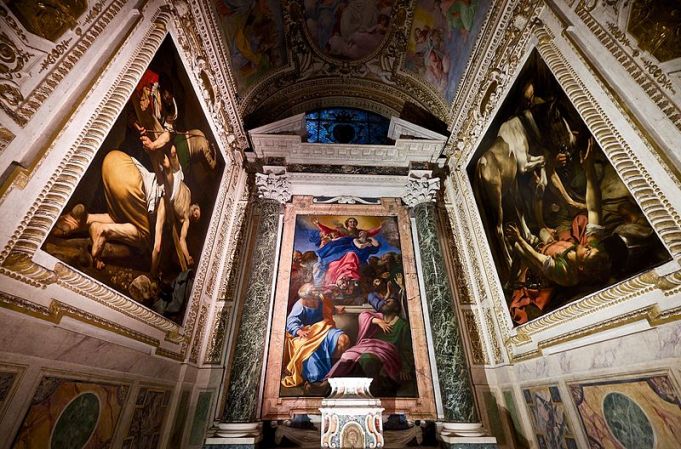
The influence of Caravaggio extends far beyond his own time, shaping the course of Western art and continuing to inspire artists and viewers alike. His innovative techniques and unflinching realism left an indelible mark on the art world, influencing generations of painters and even modern cinematographers.
The Caravaggisti: Immediate Followers
In the immediate aftermath of Caravaggio’s career, a group of artists known as the Caravaggisti emerged, directly emulating his style. These painters, including Orazio Gentileschi, Artemisia Gentileschi, and Bartolomeo Manfredi, adopted Caravaggio’s dramatic use of chiaroscuro and his commitment to naturalism.
The Caravaggisti spread Caravaggio’s influence throughout Europe. In the Netherlands, artists like Gerrit van Honthorst and Hendrick ter Brugghen brought Caravaggio’s style north, influencing the development of Dutch Golden Age painting. In Spain, painters like Jusepe de Ribera incorporated Caravaggio’s dramatic lighting into their own distinctive style.
This widespread adoption of Caravaggio’s techniques led to the development of Tenebrism, a style characterized by extreme contrasts between light and dark. While not identical to Caravaggio’s approach, Tenebrism shows the profound impact his work had on the visual language of Baroque art.
Influence on Major Artists
Beyond his immediate followers, Caravaggio’s influence can be seen in the work of many major artists of the 17th century and beyond. Rembrandt, for instance, while developing his own unique style, clearly shows the influence of Caravaggio’s chiaroscuro in his dramatic use of light and shadow.
Velázquez, the great Spanish master, also shows traces of Caravaggio’s influence, particularly in his early bodegones (kitchen scenes) which combine still life elements with figures in a way reminiscent of Caravaggio’s early genre scenes.
Even into the modern era, artists have continued to engage with Caravaggio’s legacy. Francis Bacon, the 20th-century British painter, cited Caravaggio as a major influence, particularly in his treatment of the human figure and his exploration of violence and sexuality.
Impact on Visual Culture
Caravaggio’s influence extends beyond the realm of fine art into broader visual culture. His dramatic use of light and shadow, and his ability to create psychologically intense moments, have had a profound impact on cinema.
Filmmakers like Martin Scorsese have cited Caravaggio as an influence on their visual style. The chiaroscuro lighting techniques developed in film noir owe a debt to Caravaggio’s innovations. Even in contemporary photography and advertising, the dramatic, high-contrast lighting pioneered by Caravaggio continues to be a powerful visual tool.
Moreover, Caravaggio’s unflinching realism and his focus on moments of high drama have influenced how we visually interpret narrative across various media. His ability to distill complex stories into single, powerfully composed images anticipates modern visual storytelling techniques in everything from graphic novels to movie posters.
Conclusion: The Enduring Relevance of Caravaggio
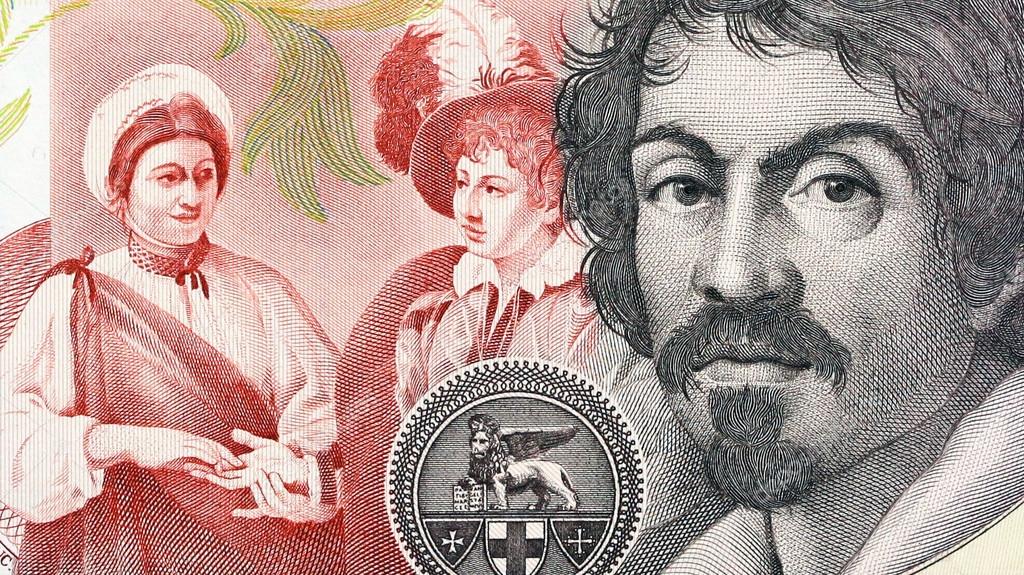
Caravaggio’s life and work continue to fascinate us more than four centuries after his death. His paintings, with their dramatic interplay of light and shadow, their unflinching realism, and their deep psychological intensity, speak to us across the centuries with undiminished power.
What makes Caravaggio’s work so enduringly relevant is its profound humanity. In his religious paintings, he brings the divine down to earth, making spiritual experiences tangible and immediate. In his genre scenes, he elevates the ordinary, finding beauty and significance in the lives of common people. Throughout his work, he grapples with the complexities of human nature—violence and tenderness, doubt and faith, darkness and light.
Caravaggio’s own life, with its dramatic contrasts between brilliance and notoriety, seems to mirror the chiaroscuro of his paintings. His personal struggles and his artistic innovations are inextricably linked, reminding us of the complex relationship between art and life.
As we continue to engage with Caravaggio’s work, we find not just a master of technique, but a deeply empathetic artist who invites us to see the world—and ourselves—in a new light. In our own era of stark contrasts and complex moral questions, Caravaggio’s art offers no easy answers, but rather a profound exploration of what it means to be human. His legacy, like the shaft of light in his paintings, continues to illuminate the darkness, revealing the beauty and tragedy of the human condition.
✉️ Stay Connected — Subscribe for Weekly Updates
Discover timeless stories, practical wisdom, and beautiful culture — delivered straight to your inbox.
*We only share valuable insights — no spam, ever.

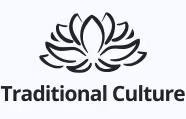
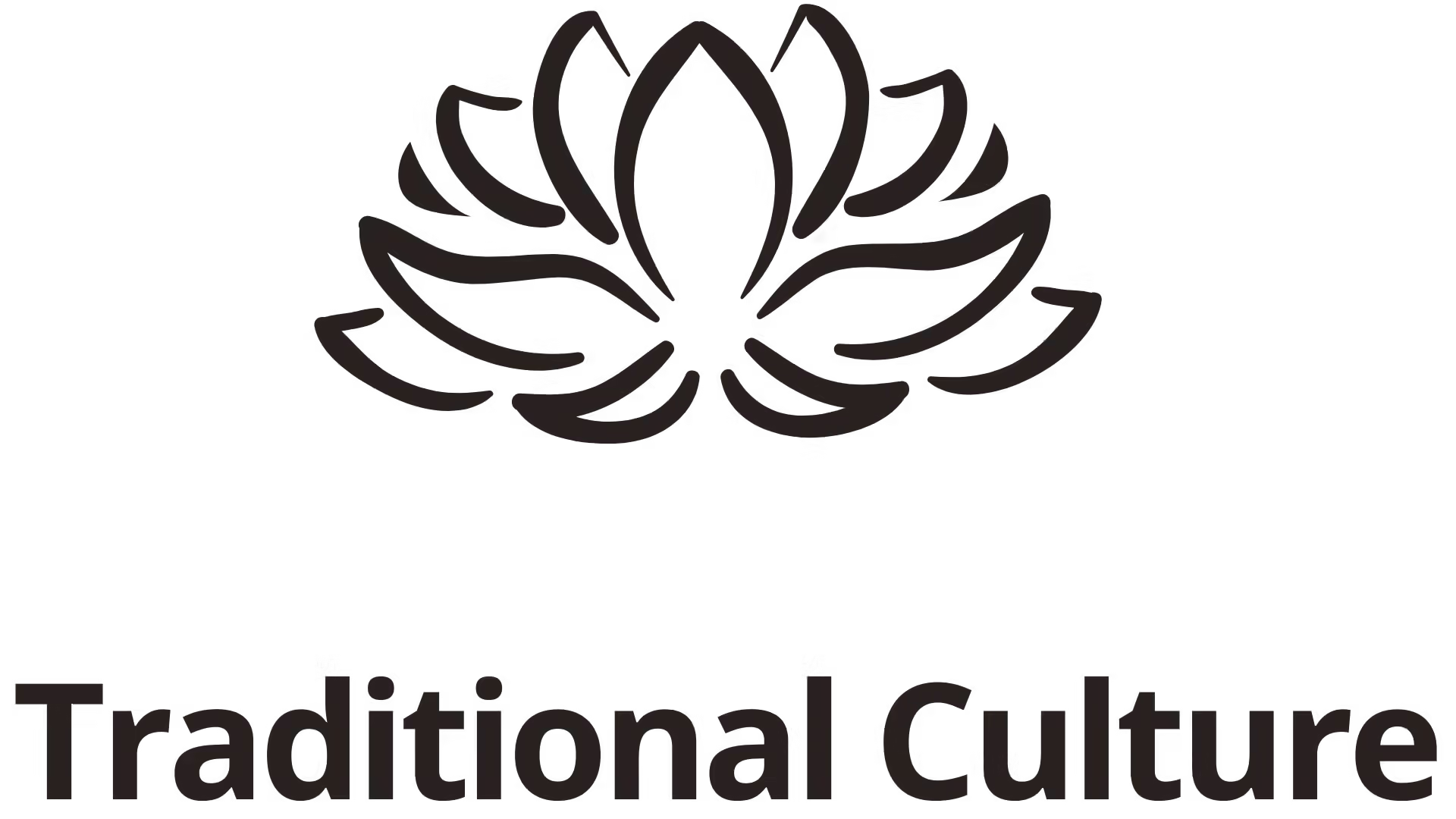

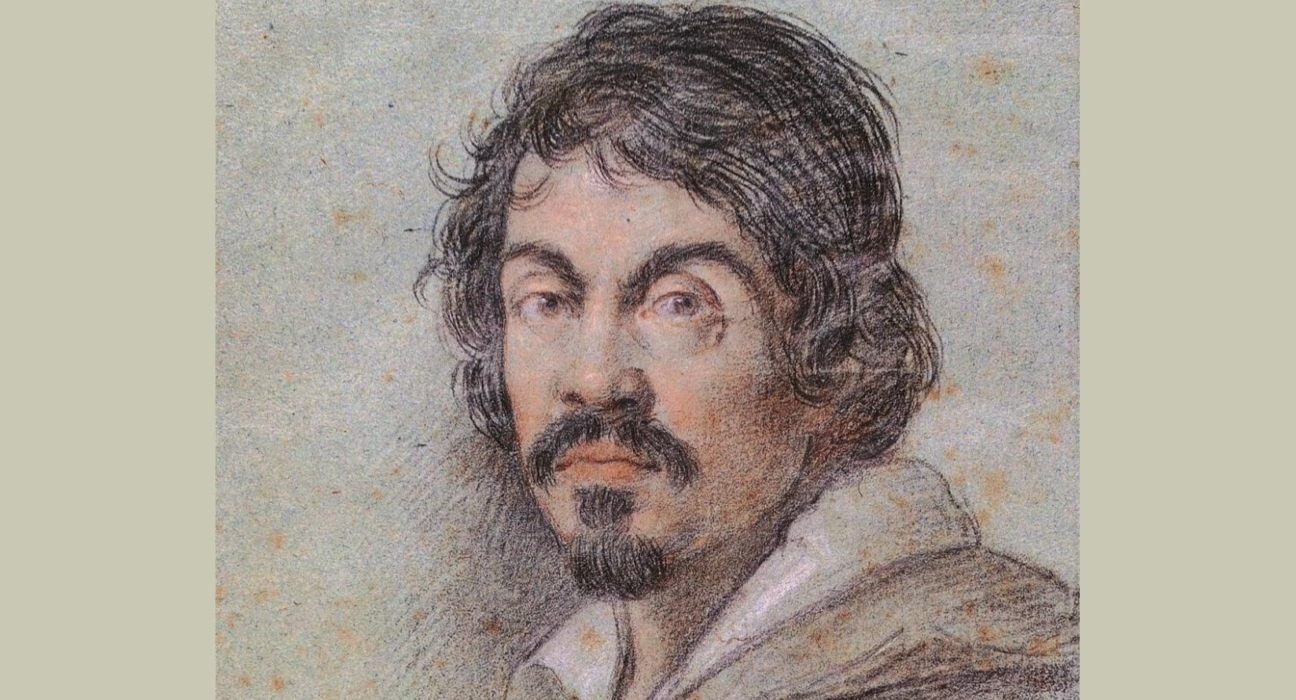
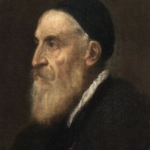
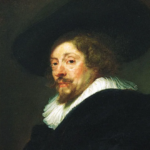
tlover tonet
Tháng 9 22, 2024I have recently started a web site, the info you offer on this website has helped me greatly. Thanks for all of your time & work.
John Son
Tháng 9 22, 2024thank you so much
Gay Fulp
Tháng 9 22, 2024Keep up the fantastic work, I read few content on this website and I believe that your website is real interesting and contains sets of great info .